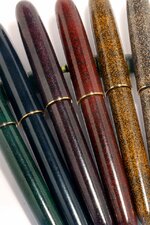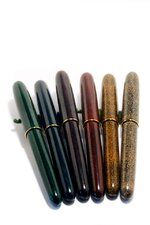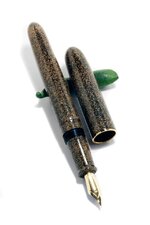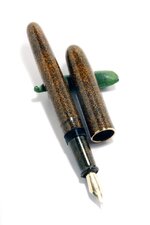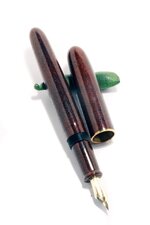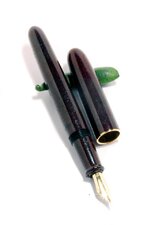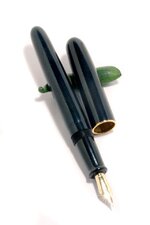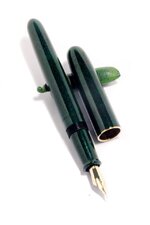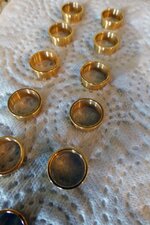Oh yes ... I know and understand that there are various levels of formality in the japanese spoken language, as well as dialects between regions ...
The Kansai region being pointed out most often as having a "homey, back woods," arkansas or tennessee type of tilt to it, compared to normal english. The situation you just described with the 15 Japanese guests and your friend would be like some hillbilly just wandered into a board room meeting and started spouting off ... It's hilarious, if it's not a situation that requires good protocol.
Japanese is one of the few spoken languages I've heard of that has at least three levels of address ... High formality - used in speaking with royalty and very important figures (like a lowly salaryman addressing the business CEO), middle formality - used in speaking with your own boss and with highly respected peers, like an elder student at the same school (senpai), low formality - used in speaking with those who's standing is lower than yours, like a younger student at the same school (kouhai), and then there's the common address that I've seen, when you actually desire to act rude towards someone or you are from an area that simply talks that way and you never learned better - used in low places like bars, addressing brats in the street, or talking down to someone several teirs below your status.
When speaking with someone who is Japanese in person, I always let them know that I learned the Japanese that I do know from anime in order to prepare them in advance, and I also let them know that I am very willing to accept corrections and learn more.

